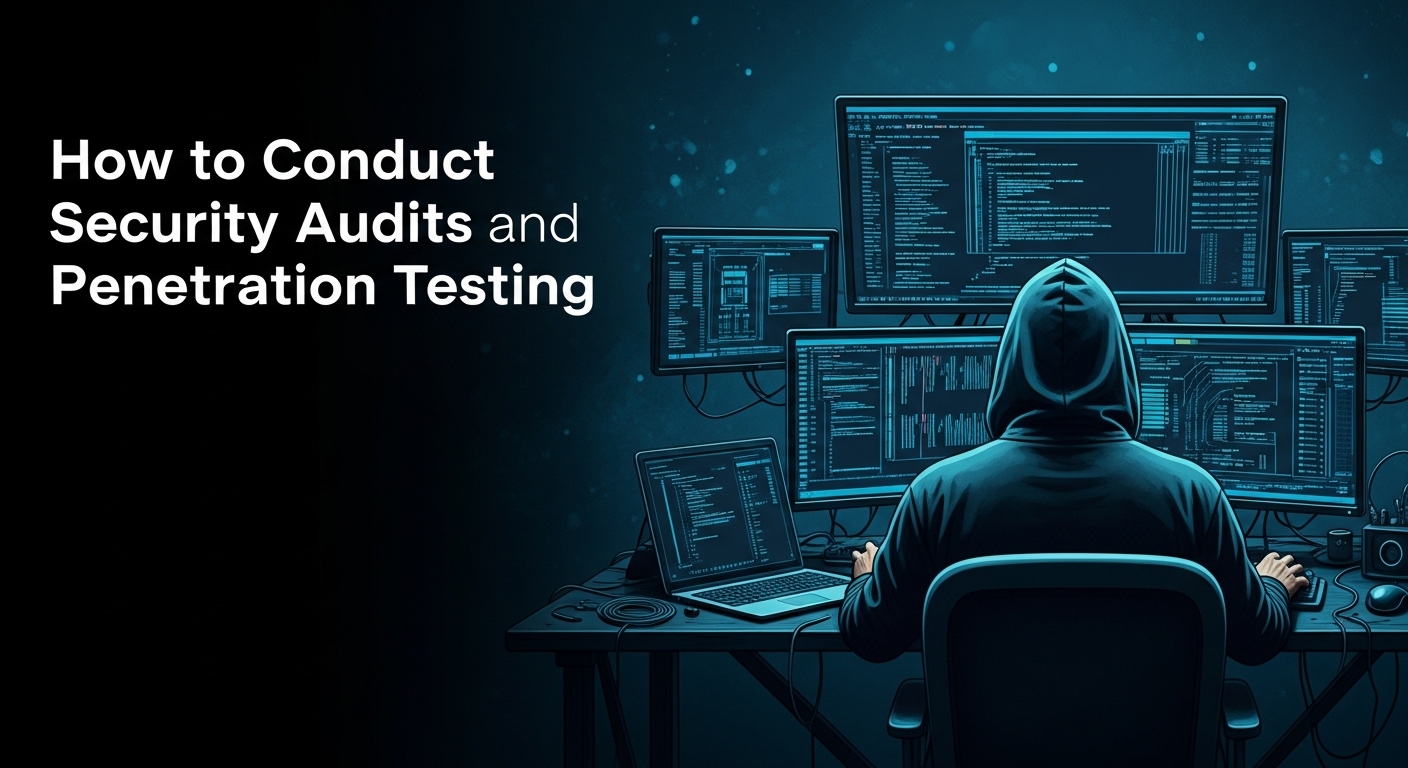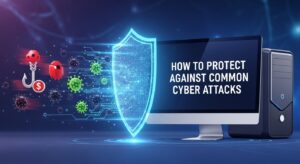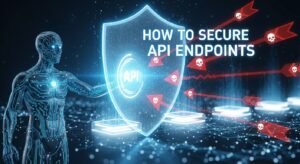When it comes to protecting your organization’s digital assets, security audits and penetration testing serve as your first line of defense against cyber threats. But here’s a question to consider: How confident are you that your current security measures can withstand a determined attacker?
Understanding the fundamentals of security audits and penetration testing isn’t just about running automated scans or following checklists. It requires a deep comprehension of how systems interact, where vulnerabilities typically hide, and how attackers think.
Understanding the Foundation: What Makes Security Audits Different from Penetration Testing?
Before diving into methodologies, let’s establish clarity. What’s your current understanding of the distinction between security audits and penetration testing?
A security audit is a comprehensive examination of your organization’s security posture, policies, and procedures. It’s like conducting a thorough health check-up for your entire cybersecurity ecosystem. Security audits evaluate:
- Policy compliance and governance
- Access controls and user management
- Network architecture and segmentation
- Data handling and storage practices
- Incident response procedures
Penetration testing, conversely, is the practical application of attack techniques to identify exploitable vulnerabilities. Think of it as a controlled simulation where ethical hackers attempt to breach your defenses using real-world attack methods.
The 5-Phase Security Audits and Penetration Testing Methodology
Phase 1: Planning and Reconnaissance
The success of any security audits and penetration testing engagement begins with thorough planning. This phase establishes the scope, objectives, and rules of engagement.
Key Planning Elements:
| Component | Description | Duration |
|---|---|---|
| Scope Definition | Identify systems, networks, and applications to test | 1-2 days |
| Rules of Engagement | Define testing limitations and approval processes | 1 day |
| Information Gathering | Collect publicly available information about targets | 2-3 days |
During reconnaissance, testers gather intelligence about the target environment. This includes DNS enumeration, social media research, and identifying potential entry points. Tools like OSINT Framework provide comprehensive resources for information gathering.
What types of information do you think would be most valuable during this reconnaissance phase?
Phase 2: Vulnerability Identification and Scanning
This phase involves systematic identification of potential security weaknesses across the target environment. Modern security audits and penetration testing rely heavily on both automated and manual techniques.
Essential Scanning Categories:
- Network Infrastructure Scanning: Identifying open ports, services, and network topology
- Web Application Testing: Examining applications for common vulnerabilities like SQL injection and cross-site scripting
- Wireless Network Assessment: Evaluating WiFi security configurations and encryption protocols
- Social Engineering Vulnerabilities: Testing human factors in security
Popular vulnerability scanners include Nessus, OpenVAS, and Burp Suite for web applications. However, automated tools only identify potential issues – the real skill lies in validating and exploiting these findings.
Phase 3: Exploitation and Access Validation
Here’s where theoretical vulnerabilities transform into practical security risks. This phase requires careful consideration of potential business impact and should always operate within approved boundaries.
Exploitation Methodology:
The exploitation phase follows a structured approach to validate vulnerabilities without causing system damage. Testers typically progress through:
- Initial Access: Gaining a foothold in the target environment
- Privilege Escalation: Expanding access rights and system control
- Lateral Movement: Moving between systems within the network
- Data Exfiltration Simulation: Demonstrating potential data theft scenarios
Popular penetration testing frameworks like Metasploit provide structured approaches to exploitation. The OWASP Testing Guide offers comprehensive methodologies for web application security testing.
Phase 4: Analysis and Risk Assessment
Raw vulnerability data becomes actionable intelligence through proper analysis. This phase transforms technical findings into business-relevant risk assessments.
Risk Classification Framework:
| Risk Level | CVSS Score | Business Impact | Remediation Timeline |
|---|---|---|---|
| Critical | 9.0-10.0 | Severe operational disruption | Immediate (24-48 hours) |
| High | 7.0-8.9 | Significant business impact | Within 1 week |
| Medium | 4.0-6.9 | Moderate operational risk | Within 1 month |
| Low | 0.1-3.9 | Minimal business risk | Within 3 months |
Consider this scenario: You’ve discovered a SQL injection vulnerability in a customer-facing application. How would you assess the potential business impact beyond just the technical implications?
Phase 5: Reporting and Remediation Guidance
Effective security audits and penetration testing culminate in clear, actionable reporting that drives meaningful security improvements.
Essential Report Components:
- Executive Summary: High-level findings for business leadership
- Technical Findings: Detailed vulnerability descriptions with reproduction steps
- Risk Assessment: Business impact analysis and priority rankings
- Remediation Roadmap: Specific, actionable recommendations with timelines
- Compliance Mapping: Alignment with relevant regulatory requirements
Advanced Penetration Testing Techniques
Modern security audits and penetration testing increasingly incorporate sophisticated attack scenarios that mirror real-world threats.
Advanced Testing Scenarios:
- Red Team Exercises: Multi-vector attacks combining technical and social engineering elements
- Purple Team Collaboration: Integration between offensive testing and defensive monitoring
- Assumed Breach Testing: Starting from inside the network to test detection and response capabilities
- Cloud Security Assessment: Specialized testing for AWS, Azure, and Google Cloud environments
Tools and Technologies for Modern Security Testing
The landscape of security audits and penetration testing tools continues evolving rapidly. Understanding when and how to apply different tools separates effective testers from script runners.
Categories of Testing Tools:
Network Discovery and Scanning:
- Nmap for comprehensive network mapping
- Masscan for high-speed port scanning
- Zmap for internet-wide scanning capabilities
Web Application Testing:
- Burp Suite Professional for manual testing
- OWASP ZAP for automated scanning
- SQLMap for database injection testing
Exploitation Frameworks:
- Metasploit for comprehensive exploit development
- Cobalt Strike for advanced persistent threat simulation
- Empire for PowerShell-based post-exploitation
How familiar are you with these tools? Which categories align with your current testing requirements?
Compliance and Regulatory Considerations
Security audits and penetration testing often serve compliance requirements across various industry standards.
Key Compliance Frameworks:
- PCI DSS: Payment card industry security standards requiring annual penetration testing
- HIPAA: Healthcare security regulations mandating regular security assessments
- SOX: Financial reporting controls including IT security evaluations
- ISO 27001: International security management standards requiring risk assessments
Each framework presents specific testing requirements and documentation standards. The NIST Cybersecurity Framework provides comprehensive guidance for organizing security testing activities.
Building an Effective Security Testing Program
Successful security audits and penetration testing programs require more than periodic assessments. They demand continuous improvement and integration with broader security operations.
Program Development Framework:
- Baseline Assessment: Establish current security posture through comprehensive testing
- Regular Testing Cycles: Implement quarterly or bi-annual testing schedules
- Continuous Monitoring: Deploy tools and processes for ongoing vulnerability identification
- Metrics and Trending: Track security improvements over time through quantitative measures
- Team Development: Build internal capabilities while leveraging external expertise
Measuring Success: Key Performance Indicators
How do you measure the effectiveness of your security audits and penetration testing program? Consider these metrics:
Technical Metrics:
- Mean time to vulnerability discovery
- Critical vulnerability remediation rates
- False positive reduction over time
- Coverage percentage of critical assets
Business Metrics:
- Security incident reduction rates
- Compliance audit success rates
- Cost avoidance through proactive vulnerability management
- Security awareness improvement scores
Future Trends in Security Testing
The evolution of security audits and penetration testing continues accelerating with emerging technologies and threat landscapes.
Emerging Trends:
- AI-Powered Testing: Machine learning algorithms identifying complex vulnerability patterns
- DevSecOps Integration: Automated security testing within development pipelines
- Cloud-Native Testing: Specialized methodologies for containerized and serverless environments
- IoT Security Assessment: Testing methodologies for connected device ecosystems
Conclusion: Building Resilient Security Through Comprehensive Testing
Effective security audits and penetration testing require more than technical expertise – they demand strategic thinking, business acumen, and continuous learning. The methodologies and tools discussed here provide a foundation, but the real value emerges through consistent application and continuous improvement.
As you develop your security testing capabilities, remember that the goal extends beyond finding vulnerabilities. The ultimate objective is building organizational resilience against evolving cyber threats while enabling business growth and innovation.
What aspects of security audits and penetration testing do you find most challenging in your current environment? Understanding your specific challenges will help focus your learning and improvement efforts most effectively.
The journey toward comprehensive cybersecurity requires ongoing commitment, but the investment in robust security audits and penetration testing capabilities pays dividends through reduced risk, regulatory compliance, and competitive advantage in our increasingly digital world.











